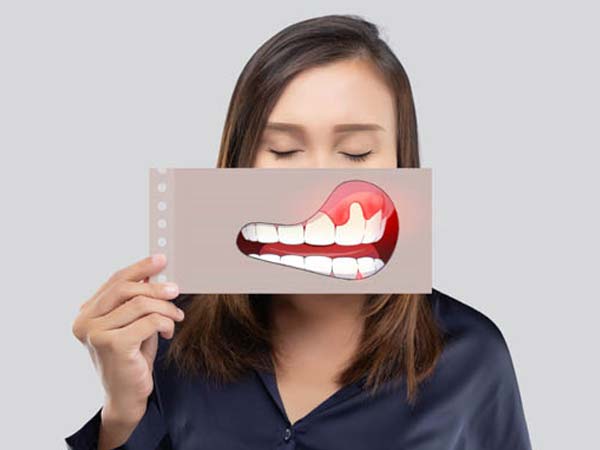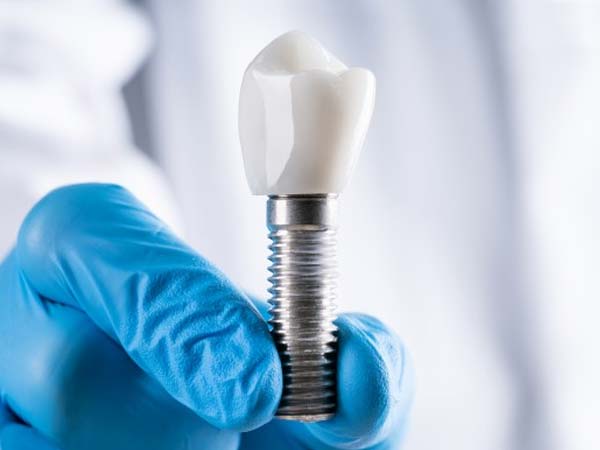
3D Smile Design: Revolutionizing the Dental Industry
In recent years, technological advancements have had a profound impact on various industries, and dentistry is no exception. One of the most significant breakthroughs in the field of dentistry is 3D smile design. This innovative approach utilizes cutting-edge technology to create personalized and aesthetically pleasing smiles for dental patients. In this article, we will explore the concept of 3D smile design, its benefits, the process involved, and its potential impact on the future of dentistry.
Understanding 3D Smile Design
3D smile design is a comprehensive digital workflow that allows dentists to plan and design smiles with precision and accuracy. By utilizing specialized software and digital imaging technology, dentists can create virtual 3D models of patients’ teeth and gums. This process enables them to analyze the patient’s facial features, tooth alignment, and gum contours to develop a customized treatment plan that will result in an optimal smile design.
The Benefits of 3D Smile Design
- Personalized and Natural-Looking Results
With 3D smile design, dentists can tailor treatment plans to each patient’s unique facial structure and preferences. By considering factors such as tooth shape, size, color, and alignment, dentists can create smiles that look natural and harmonious with the individual’s overall appearance.
- Improved Communication between Dentists and Patients
Traditional methods of smile design often rely on verbal descriptions or physical models, which can be subjective and open to misinterpretation. 3D smile design overcomes these limitations by providing visual representations of the proposed treatment outcome. This enables dentists to effectively communicate with their patients, ensuring a clear understanding of the anticipated results.
- Enhanced Treatment Planning and Predictability
Through the use of advanced software, dentists can simulate various treatment options and visualize the potential outcomes. This allows for more accurate treatment planning, ensuring that patients receive the most appropriate and effective procedures. Additionally, the predictability of the results helps in managing patient expectations and increases overall satisfaction.
The Process of 3D Smile Design
The process of 3D smile design involves several key steps:
- Initial Consultation: The dentist conducts a thorough examination and discusses the patient’s goals and expectations.
- Digital Scanning: Intraoral scanners are used to capture digital impressions of the patient’s teeth and gums, eliminating the need for messy and uncomfortable traditional impressions.
- 3D Model Creation: Using specialized software, the dentist creates a digital 3D model of the patient’s oral structures.
- Smile Design Planning: The dentist analyzes the 3D model and designs the desired smile, taking into account the patient’s unique facial features and preferences.
- Virtual Preview: The patient is presented with a virtual preview of their proposed smile, allowing them to provide feedback and make any necessary adjustments.
- Treatment Execution: Once the design is finalized, the dentist carries out the necessary treatments to achieve the desired smile, which may include orthodontics, dental restorations, or other cosmetic procedures.
- Follow-Up and Maintenance: Regular check-ups and proper oral hygiene practices ensure the longevity of the new smile.
Achieving Personalized Results
One of the primary advantages of 3D smile design is its ability to provide personalized results. By considering factors such as facial symmetry, lip contours, and individual preferences, dentists can create smiles that are uniquely tailored to each patient. This personalized approach not only enhances the aesthetics of the smile but also takes into account functional aspects such as proper occlusion and bite alignment.
Enhancing Communication between Dentists and Patients
Effective communication is essential in any dental treatment. With 3D smile design, dentists can visually demonstrate the proposed treatment outcome to their patients. This visual representation bridges the gap between technical dental terminology and the patient’s understanding, allowing for a more informed decision-making process. Patients can actively participate in the design process, expressing their preferences and ensuring their satisfaction with the final result.
Improved Treatment Planning and Predictability
Traditionally, treatment planning relied on physical models and two-dimensional X-rays, which had limitations in terms of accuracy and predictability. 3D smile design offers a more precise and predictable approach by utilizing advanced imaging technologies. Dentists can simulate the treatment outcome, anticipate any potential challenges, and make necessary adjustments before initiating the actual treatment. This reduces the likelihood of unexpected complications and allows for better treatment outcomes.
The Role of Technology in 3D Smile Design
The success of 3D smile design relies heavily on advanced technology. Intraoral scanners, digital imaging software, and computer-aided design and manufacturing (CAD/CAM) systems are crucial components of this process. These technologies enable dentists to capture highly accurate digital impressions, analyze facial features, design virtual smiles, and create customized restorations with precision and efficiency.
Enhancing Patient Experience and Satisfaction
The incorporation of 3D smile design into dental practices significantly enhances the overall patient experience and satisfaction. Patients feel more involved in the treatment planning process, leading to a greater sense of ownership and confidence in the outcomes. The ability to visualize and approve the proposed design before treatment instills trust and reduces anxiety. Additionally, the efficiency and precision of 3D smile design often result in reduced treatment time and improved post-treatment comfort.
The Future of 3D Smile Design
As technology continues to advance, the future of 3D smile design holds even more exciting possibilities. Artificial intelligence (AI) algorithms and machine learning may be integrated into the design process, allowing for more accurate and efficient smile predictions. Furthermore, advancements in 3D printing technology may enable dentists to fabricate restorations directly in their clinics, reducing turnaround times and increasing accessibility.
Conclusion
3D smile design represents a significant advancement in the field of dentistry, revolutionizing the way smiles are planned and created. With its ability to provide personalized and natural-looking results, enhance communication, improve treatment planning, and leverage cutting-edge technology, 3D smile design offers a transformative approach to achieving beautiful smiles. As this innovative technique continues to evolve, it holds tremendous potential for further enhancing patient experience and satisfaction in the future.
FAQs
- Is 3D smile design suitable for everyone?
- Yes, 3D smile design can be used for patients of all ages who are seeking smile enhancements or undergoing dental treatments.
- How long does the 3D smile design process take?
- The duration of the process may vary depending on the complexity of the case. In general, it can range from a few weeks to a couple of months.
- Can 3D smile design correct dental misalignment?
- Yes, 3D smile design can address dental misalignment through orthodontic treatments or other appropriate procedures.
- Is 3D smile design more expensive than traditional smile design methods?
- The cost of 3D smile design may vary depending on the dental practice and the extent of the treatment required. It is best to consult with your dentist for accurate pricing information.
- How long do the results of 3D smile design last?
The longevity of the results depends on various factors, including oral hygiene practices and regular dental care. With proper care, the results can last for many years.



























